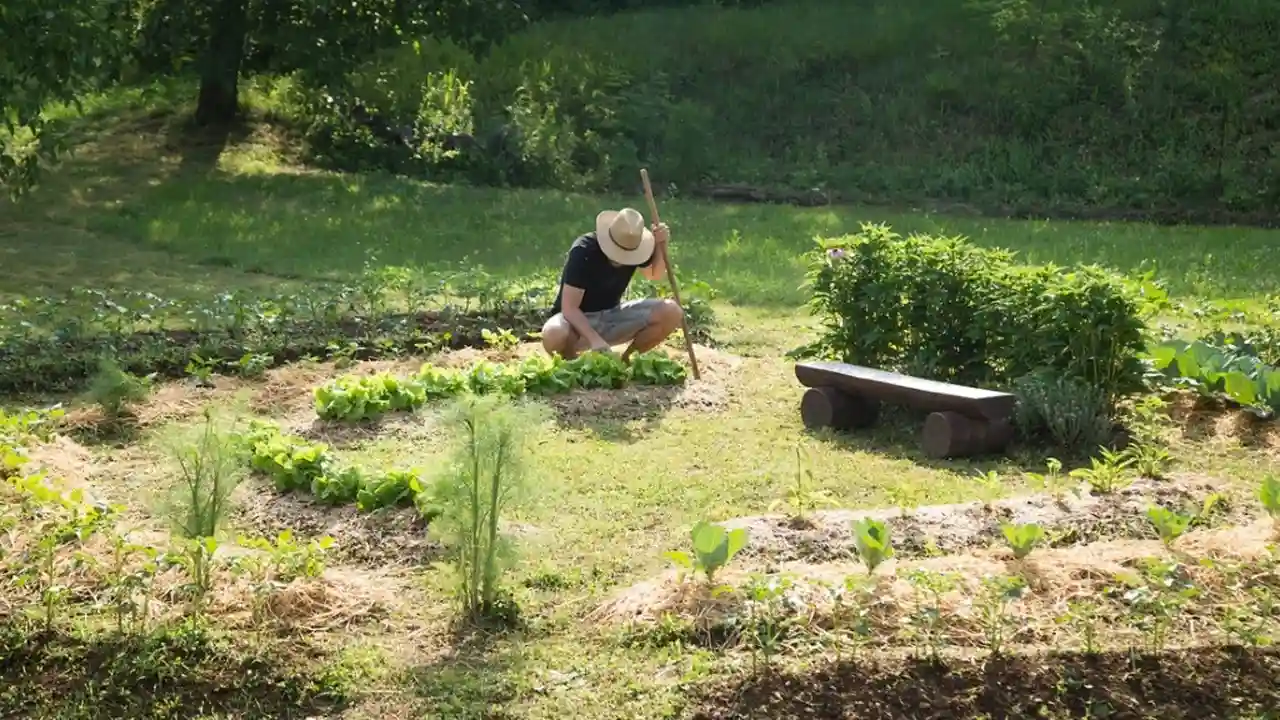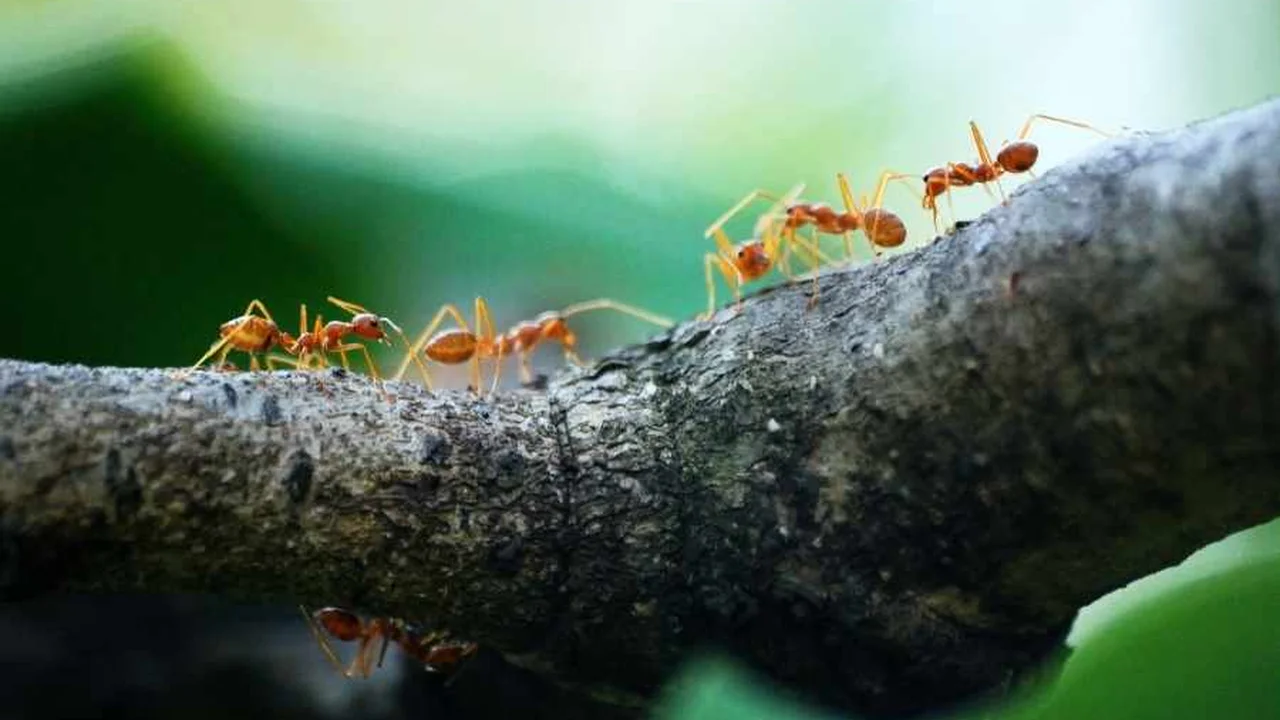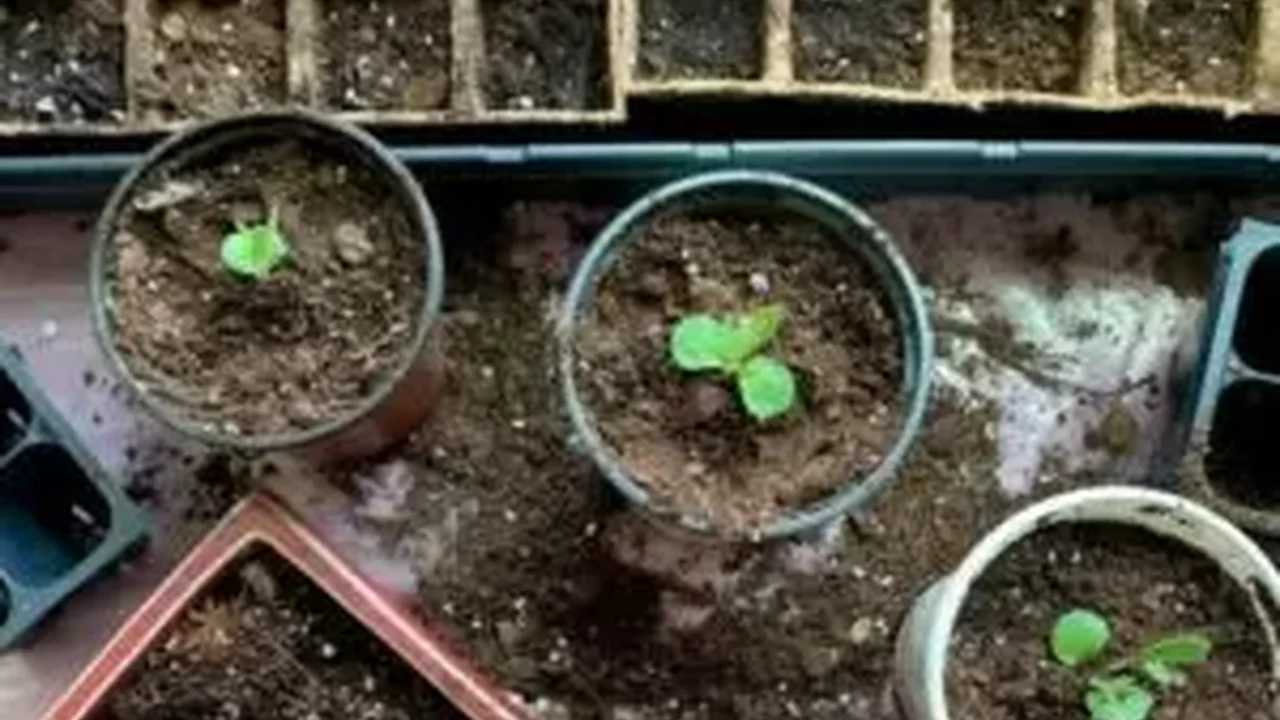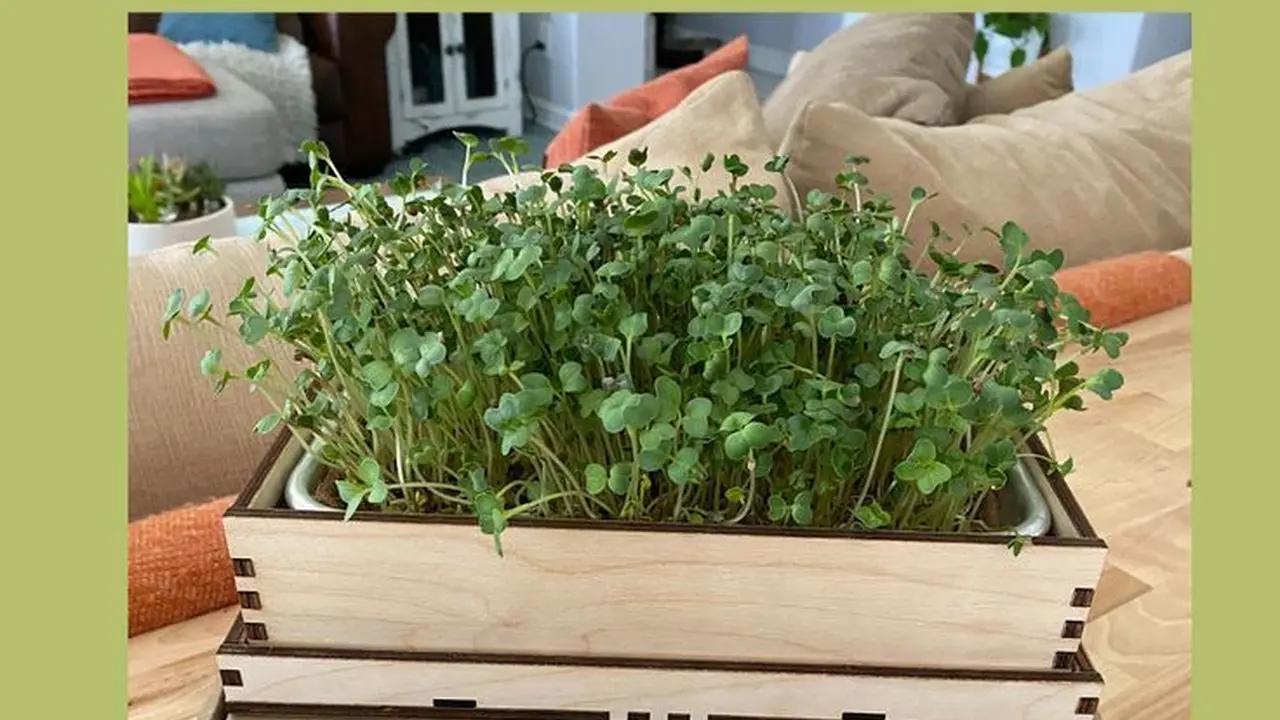Permaculture Principles for Home Gardens 3 Basics
Understand 3 basic permaculture principles for a sustainable and self-sufficient home garden. Work with nature, not against it.

Permaculture Principles for Home Gardens 3 Basics
Welcome, aspiring permaculturists! If you're looking to create a garden that works with nature, not against it, and provides abundance with minimal effort, you've come to the right place. Permaculture, a portmanteau of 'permanent agriculture,' is a design philosophy that seeks to mimic the patterns and relationships found in natural ecosystems. It's about creating sustainable, self-sufficient systems that provide for human needs while enhancing the health of the planet. While permaculture can be a deep and complex subject, we're going to break down three fundamental principles that you can immediately apply to your home garden, no matter its size or your experience level. Forget endless tilling and chemical inputs; permaculture offers a path to a more resilient, productive, and joyful gardening experience.
Observe and Interact Your Garden's Unique Story
The first and arguably most crucial permaculture principle is 'Observe and Interact.' Before you dig a single hole or plant a seed, take the time to truly get to know your garden space. This isn't just about looking; it's about deep observation over time, across seasons, and under different conditions. Think of yourself as a detective, gathering clues about your garden's unique story.
Understanding Your Garden's Microclimates and Sun Paths
Every garden has microclimates – small areas with slightly different conditions than the surrounding environment. Where does the sun hit at different times of the day and year? Are there shady spots that never see direct light? Are there areas protected from wind, or conversely, wind tunnels? Observe how water flows and pools after rain. Notice where snow melts first in winter. These observations will inform your plant choices and placement. For instance, sun-loving tomatoes won't thrive in a perpetually shaded corner, and delicate herbs might struggle in a windy exposed spot. Consider using a simple sun calculator app or even just a notebook and pen to map out sun exposure throughout the day and across seasons. This seemingly simple step is foundational to successful permaculture design.
Soil Health and Water Flow Permaculture Foundations
Dig a little deeper – literally! What kind of soil do you have? Is it sandy, clay, or loamy? How does it drain? Does water sit on the surface, or does it disappear quickly? Understanding your soil's composition and health is vital. You can do a simple jar test to determine soil texture. Take a handful of soil, add water, shake it up, and let it settle. The layers will reveal your soil's composition. Observe where water naturally flows and collects in your garden. This will help you design systems like swales or rain gardens to capture and utilize water efficiently, rather than letting it run off. Permaculture aims to keep water on the land for as long as possible, allowing it to slowly infiltrate and nourish your plants.
Existing Flora and Fauna Your Garden's Natural Allies
What plants are already thriving in your garden, even if they're considered 'weeds'? These can tell you a lot about your soil conditions and microclimates. Are there specific insects or birds that frequent your space? Observing existing flora and fauna helps you understand the natural ecosystem already present. You might find beneficial insects that can help with pest control, or notice patterns of animal activity that could impact your garden design. For example, if deer are common, you'll need to consider fencing or deer-resistant plants. This principle encourages you to work with what you have, rather than trying to impose an entirely new system.
Catch and Store Energy Maximizing Garden Resources
The second core principle is 'Catch and Store Energy.' In permaculture, 'energy' isn't just about sunlight; it encompasses water, nutrients, heat, and even human effort. The goal is to design systems that capture these resources when they are abundant and store them for when they are needed, minimizing waste and external inputs.
Rainwater Harvesting and Greywater Systems for Sustainable Gardening
Water is a precious resource, and permaculture emphasizes capturing it. Rainwater harvesting is a fantastic way to catch and store energy. A simple rain barrel connected to your downspout can collect hundreds of gallons of clean, chlorine-free water perfect for your garden. For larger gardens, consider multiple barrels or even a larger cistern. Advanced systems might involve directing roof runoff into swales or rain gardens that slowly infiltrate the soil, recharging groundwater and nourishing plants. Greywater systems, which reuse water from sinks or showers (without harsh chemicals), are another way to catch and store water, though these require more careful planning and local regulation checks. For a beginner, a simple rain barrel is an excellent starting point. You can find various models online or at your local hardware store. For example, the Good Ideas Rain Wizard 65-Gallon Rain Barrel (around $150-$200) is a popular choice for its capacity and durability. For a more budget-friendly option, the EarthMinded Rain Barrel Kit (around $70-$100) allows you to convert any trash can into a rain barrel.
Composting and Mulching Building Soil Fertility
Nutrients are another form of energy. Instead of buying synthetic fertilizers, permaculture encourages you to create your own. Composting kitchen scraps and yard waste transforms 'waste' into nutrient-rich soil amendment. This 'black gold' feeds your plants and improves soil structure, helping it retain water and nutrients. There are many types of composters, from simple piles to enclosed tumblers. The Compost Tumbler Dual Batch System (around $100-$150) is great for faster composting and easier turning. For a more traditional approach, a simple Geobin Composter (around $50-$70) is effective and expandable. Mulching, covering the soil with organic material like wood chips, straw, or leaves, is another powerful way to store energy. Mulch suppresses weeds, conserves soil moisture, regulates soil temperature, and slowly breaks down to add organic matter to the soil. It's like a slow-release fertilizer and water reservoir all in one. You can often get wood chips for free from local arborists or municipal services.
Passive Solar Design and Thermal Mass for Garden Warmth
Heat is also a form of energy. In colder climates, permaculture designs might incorporate passive solar principles to extend the growing season. This could involve placing heat-absorbing materials (thermal mass) like rocks or water barrels near plants to release warmth at night. A simple cold frame or mini-greenhouse can also capture and store solar energy, allowing you to start seeds earlier or grow cool-season crops later into the fall. For a small home garden, a simple DIY Cold Frame Kit (around $50-$100) can make a big difference in extending your growing season. For more ambitious projects, consider a small Polycarbonate Greenhouse Kit (around $300-$500 for a basic 6x4 ft model like the Palram Mythos).
Apply Self-Regulation and Accept Feedback Learning from Your Garden
The third principle, 'Apply Self-Regulation and Accept Feedback,' is about continuous learning and adaptation. Nature is constantly providing feedback, and a permaculture gardener pays attention to it. This principle encourages you to monitor your systems, identify what's working and what's not, and make adjustments. It's about being responsive and flexible, rather than rigidly sticking to a plan that isn't yielding desired results.
Observing Plant Health and Pest Indicators
Are your plants thriving, or are they showing signs of stress? Yellowing leaves, stunted growth, or pest infestations are all forms of feedback. Instead of immediately reaching for a chemical solution, a permaculture approach asks: What is this feedback telling me about my system? Is the soil lacking nutrients? Is there too much or too little water? Is there an imbalance in the ecosystem that's allowing pests to proliferate? For example, if you see aphids, instead of spraying, observe if beneficial insects like ladybugs are present. If not, consider planting flowers that attract them. This principle encourages a holistic view of garden problems, looking for root causes rather than just treating symptoms.
Yield and Effort Assessment Evaluating Your Garden's Performance
How much yield are you getting from your garden? Is the amount of effort you're putting in proportionate to the harvest? If you're spending hours battling weeds, perhaps your mulching strategy needs improvement. If a particular plant isn't producing well, maybe it's not suited to that microclimate, or the soil needs amending. Keep a garden journal to track planting dates, harvest yields, and observations. This data provides valuable feedback for future seasons. For instance, if you notice that your cucumbers consistently get powdery mildew in a certain spot, perhaps that area has poor air circulation, and you need to prune more aggressively or choose a different variety next year. This iterative process of observation, action, and reflection is key to refining your permaculture design over time.
Adapting to Change Embracing Nature's Dynamics
Nature is dynamic, not static. Weather patterns change, pests come and go, and your own needs and preferences might evolve. Permaculture encourages you to embrace this change and adapt your design accordingly. Don't be afraid to experiment! Try new plant combinations, adjust your watering schedule, or re-evaluate your composting methods. The garden is a living laboratory, and every 'failure' is an opportunity to learn and improve. This principle fosters resilience and creativity, allowing your garden to evolve into a truly sustainable and productive ecosystem that serves your needs and the needs of the environment.
By integrating these three basic permaculture principles – Observe and Interact, Catch and Store Energy, and Apply Self-Regulation and Accept Feedback – you'll be well on your way to creating a home garden that is not only productive but also resilient, beautiful, and deeply connected to the natural world. It's a journey of continuous learning and discovery, and the rewards are abundant, both in terms of harvest and personal satisfaction. Happy gardening!
:max_bytes(150000):strip_icc()/277019-baked-pork-chops-with-cream-of-mushroom-soup-DDMFS-beauty-4x3-BG-7505-5762b731cf30447d9cbbbbbf387beafa.jpg)






